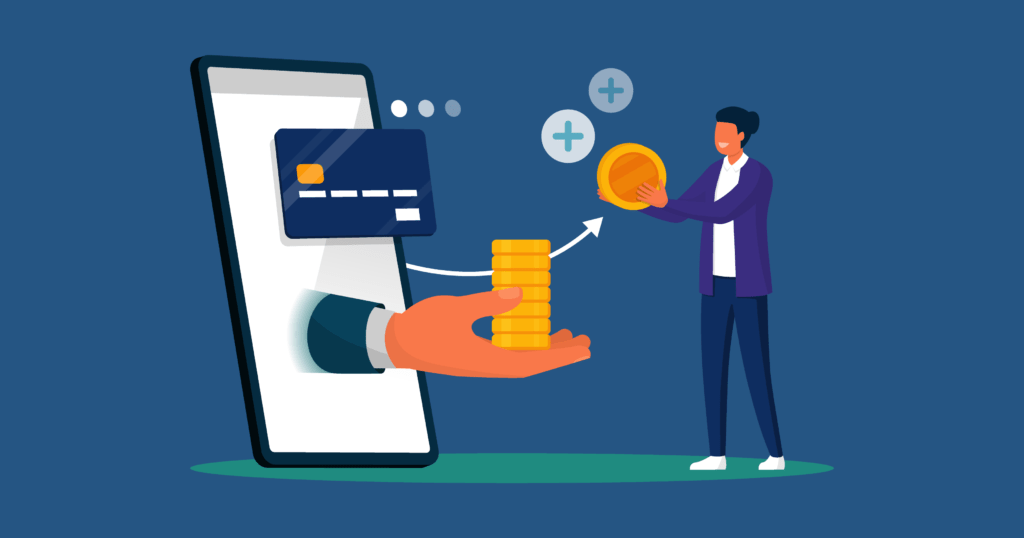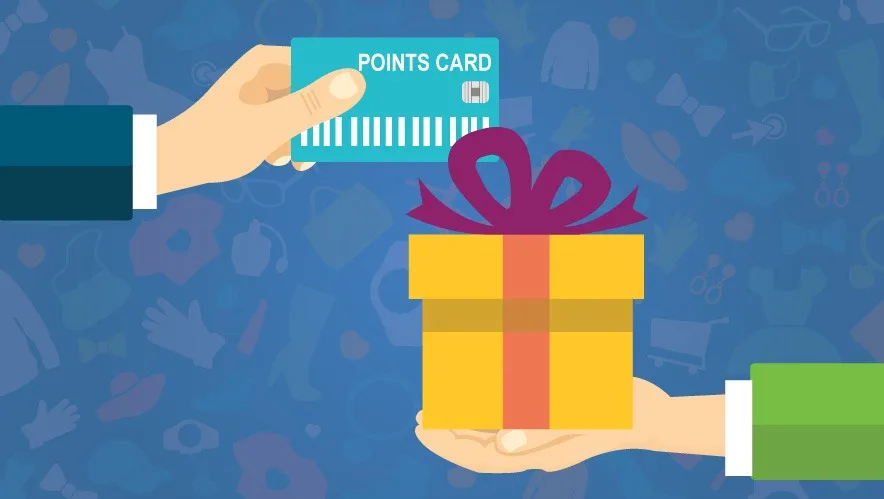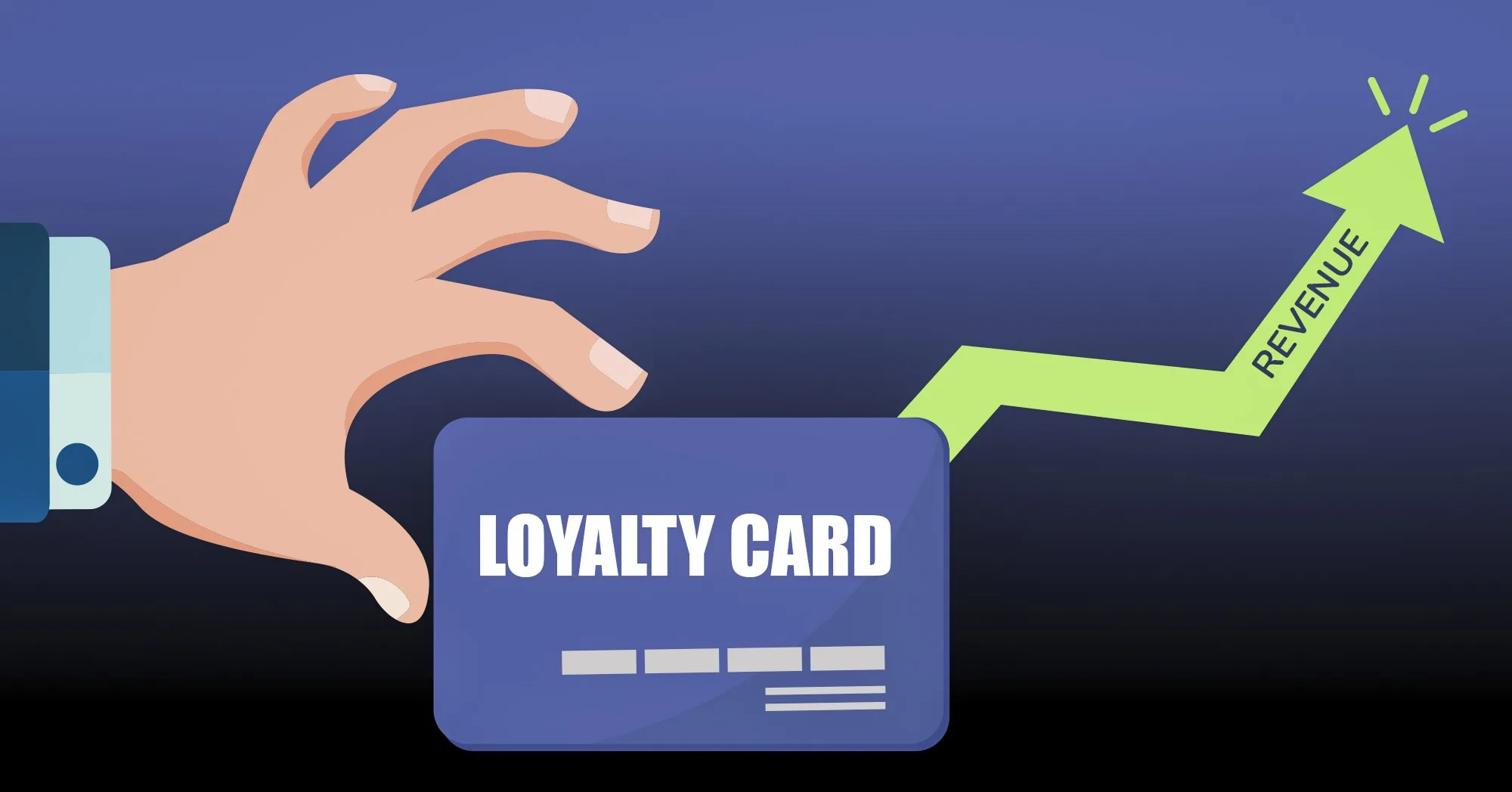Brand owners and operators focused on growth are often concerned about loyalty program effectiveness. They’ve seen the clear benefits of successful programs but are also aware of horror stories. Some programs fail to engage customers or result in lots of points earned without driving repeat purchases.
For those who fail, the issue isn’t with the concept of loyalty programs but with their execution.
If you only look at poorly designed programs, it’s hard to see their potential benefits. Offering just 2% back on purchases, having a weak referral program, lacking customization, or providing an outdated user experience won’t boost your bottom line, even if you aim for a retro-brutalism aesthetic.
Defining “good” loyalty programs

Not all reward programs are created equal, so what makes a good one? Fortunately, I can analyze anonymized data from over 100,000 active loyalty programs to identify the traits of the highest-performing ones. These top programs:
- Bring customers back.
- Encourage loyal customers to spend more.
- Motivate frequent purchases.
This combination of repeat purchases is crucial. Focusing on retention and acquisition benefits your bottom line in multiple ways.
So, what are the characteristics of these successful programs?
Everyone earns
Designing a loyalty program that allows everyone to earn points might seem like a no-brainer, yet many brands fail by excluding most of their customers. The right program setup eliminates the need for customers to create accounts to start earning points.

Here’s how it works: customers can place orders as guests, and since they must provide an email address, you can track their points. This gives them a points balance that encourages them to return, create an account to access those points (and earn more through additional actions), or use the points on another order.
If you require customers to create an account to earn points, you risk losing potential loyal customers. Loyalty is earned over time, and you can’t build long-term loyalty if you don’t give customers the chance to participate from the beginning.
A well-designed program should:
- Make it easy for all customers to start earning points, regardless of whether they create an account.
- Use customers’ email addresses to track their points, even if they order as guests.
- Show customers their points balance to encourage them to come back and engage more with your brand.
- Allow customers to use their points without unnecessary barriers, enhancing their overall experience.
A meaningful earning experience
The issue with many loyalty programs is their complexity and lack of real value. Customers often find it difficult to understand how many points they can earn and what those points are worth, leading to confusion and frustration.
Additionally, many programs suffer from trivialization, where points are so insignificant that customers don’t find them worth the effort. If your program requires customers to spend hundreds of dollars or make numerous purchases for a mere $5 discount, it won’t be appealing.
High-performing loyalty programs avoid these pitfalls by making engagement straightforward and valuable. They offer a minimum of 5% back in points, with the best programs providing up to 10%. For instance, 10% back means customers earn $10 in points for every $100 spent, which feels meaningful and motivating.
To ensure customer satisfaction, they should be able to earn their first reward quickly—ideally after their first purchase. This can be enhanced by including non-purchase actions that earn points, such as:
- Following on social media: Encourage engagement and brand visibility.
- Signing up for newsletters: Build your email list while rewarding customers.
- Recycling packaging: Promote sustainability and reward eco-friendly behavior.
These actions not only provide extra points but also support your brand’s growth.
Moreover, integrating your loyalty program with other apps in your tech stack can enhance the customer experience. This allows for loyalty information to be seamlessly included in emails, texts, push notifications, and customer support interactions, ensuring customers are always aware of their points and rewards.
To truly stand out, your loyalty program should:
- Simplify the earning process: Make it clear and easy for customers to earn points.
- Offer valuable rewards: Ensure points are worth something significant.
- Encourage quick rewards: Allow customers to earn their first reward swiftly.
- Integrate seamlessly: Include loyalty information across all customer touchpoints.
Give the people what they want (transactional vs. experiential)
A common complaint about loyalty programs is that customers earn points but never use them. This is often the brand’s fault. Customers need to earn enough points from their activities to make them worthwhile, and the rewards they can redeem must be appealing.
This is where VIP programs shine as extensions of points systems. The dopamine rush from earning better rewards and perks encourages repeat engagement. This effect is much stronger than simply offering free shipping and discounts on future purchases.
So, what should you offer beyond these basics? Start by asking your customers what they want. Whether through post-purchase surveys or personalized emails to your best customers, getting direct feedback will help you tailor your rewards to what truly excites them.
Combining valuable experiences with monetary benefits strengthens the customer-brand relationship. Experiences, big or small, make customers feel valued and appreciated, especially when they earn these rewards rather than just buying them. This is psychologically more impactful than subscription models like Costco or Amazon Prime.
To maximize long-term loyalty, blend transactional rewards that benefit your bottom line with experiential rewards that make customers feel part of your brand story. This approach ensures that customers not only earn points but also find meaningful ways to use them, deepening their connection to your brand.
Wrapping Up
There’s no easy way to say that there are lots of lousy loyalty programs out there, but it’s true. Without any thought into what their customers are looking for from the brand, how their percentage back should work, or a way to reward every shopper, too many brands are setting themselves up for disappointment.
Can loyalty programs help ecommerce brands increase retention and repeat shoppers? Absolutely.
But you must make the customer experience rewarding, or your offering—and your bottom line—will fall flat.




